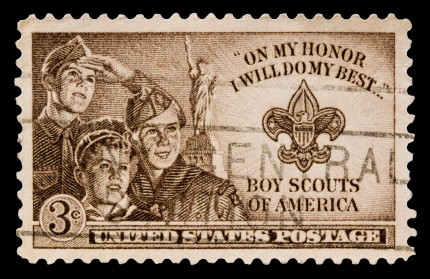The 12 Minute Challenge: Power Through to Success
I love a good long workout on the treadmill. I should be more specific. I love when I’m finished with a good long workout on the treadmill. Whether I’m running, walking hills, or a little of both, the energy that this type of activity provides is addicting and invigorating. Despite this, it seems that towards the end of my workout, I will inevitably get that “I just want to quit” feeling. In fact, it’s not just close to the end of the work out, it’s almost always 12 minutes before I’m finished. It doesn’t seem to matter how long I’ve been going, when I get that “done” feeling, I look down and I have 12 minutes left.
Though 12 minutes doesn’t seem like a long time, when you’re tired, hungry and out of breath, it can feel like an eternity. So to power myself through the last bit of my workout, I have to find ways to keep my mind busy. Yes, my mind. It’s all mental at this point.
Hi there! This article is available for free. Login or register as a StrategyDriven Personal Business Advisor Self-Guided Client by:
Subscribing to the Self Guided Program - It's Free!
About the Author


 You’ve heard it a million times, “garbage in, garbage out.” But this axiom couldn’t be more true than in the case of organizational performance measures where in so many instances even a minute change in the data entered results in a profoundly different indicated performance. So how can an organization’s leaders be confident in the accuracy of their performance measurement data and the resulting measures? By defining and reinforcing a comprehensive set of organizational performance measure data standards.
You’ve heard it a million times, “garbage in, garbage out.” But this axiom couldn’t be more true than in the case of organizational performance measures where in so many instances even a minute change in the data entered results in a profoundly different indicated performance. So how can an organization’s leaders be confident in the accuracy of their performance measurement data and the resulting measures? By defining and reinforcing a comprehensive set of organizational performance measure data standards. Stacey Hanke is founder of 1st Impression Consulting, Inc. and co-author of Yes You Can! Everything You Need From A to Z To Influence Others To Take Action. Her client list is vast from Coca-Cola, Kohl’s, United States Army, Navy and Air Force, Leo Burnett and the FDA. She has been featured with: SmartMoney magazine, Business Week, Chicago WGN and WLS-AM.
Stacey Hanke is founder of 1st Impression Consulting, Inc. and co-author of Yes You Can! Everything You Need From A to Z To Influence Others To Take Action. Her client list is vast from Coca-Cola, Kohl’s, United States Army, Navy and Air Force, Leo Burnett and the FDA. She has been featured with: SmartMoney magazine, Business Week, Chicago WGN and WLS-AM. Boy Scout Moto:
Boy Scout Moto: